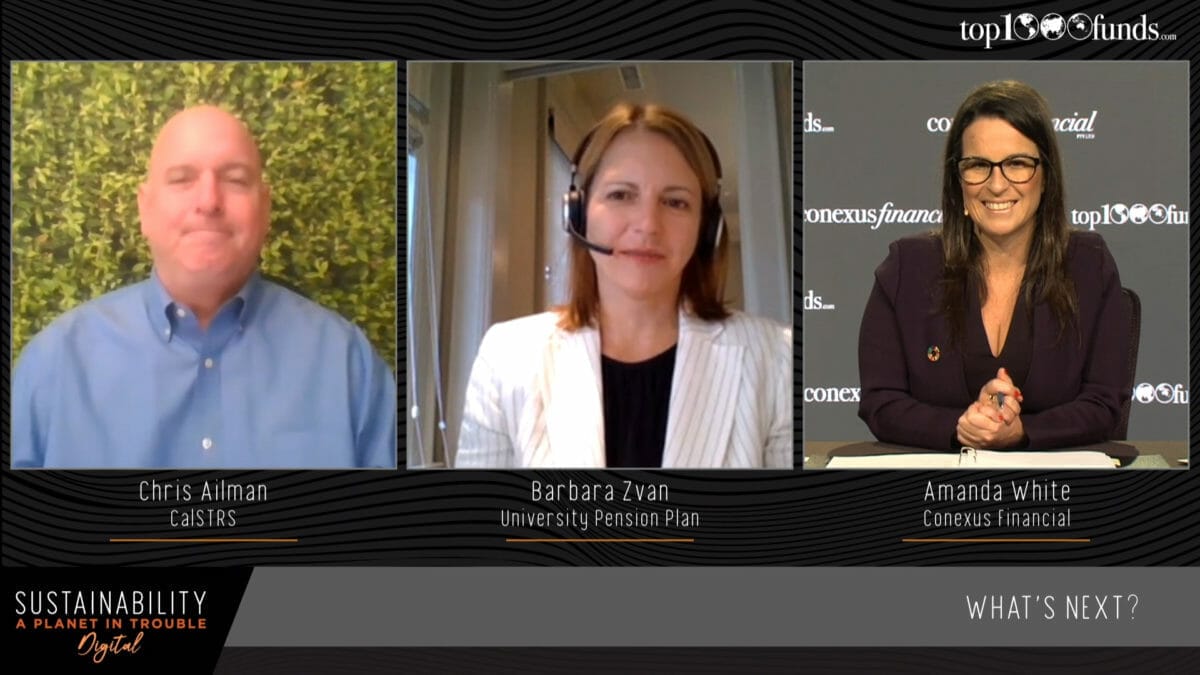Shardul Agrawala, head, environment and economy integration division at the OECD laid out the challenges and opportunities for governments to build back better. He highlighted the industries and that may undergo transformation and the underlying market failures that need fixing.
With an estimated $10 trillion committed world-wide by governments to help counter the ravages of the COVID-19 via stimulus and bailout, the opportunities for governments to green the recovery are huge. Speaking at Sustainability Digital, Shardul Agrawala, head, environment and economy integration division at the OECD laid out the challenges and opportunities for governments to build back better.
The initial fiscal response to the pandemic was focused on liquidity provision to firms rather than specific stimulus, he explained. Now, businesses face risks to their solvency and fiscal measures have evolved as countries look to boost consumption. At some point the crisis will end, and the vast bill will become due.
Despite the challenges inherent in tracking green commitments and the risk of “double counting,” Agrawala estimated that globally governments have allocated around one trillion to green initiatives. Examples include France’s pledge to invest in hydrogen as part of its €100 billion coronavirus recovery plan – a third of which is going to green investments. Elsewhere, India is tying job creation to an ambitious afforestation scheme.
Governments will also take steps to create green jobs and employment. This could result in public works including cleaning up hazardous waste sites or energy efficient refits with “significant importance to short term growth.”
Longer term he suggested governments could funnel investment and create jobs into renewables and green transport.
“These elements are welcome,” said Agrawala,. However, he also noted other risks, like the fact investing in renewables may create jobs but will also destroy jobs in other areas and he said that green jobs can be “shorter lived.”
“The duration of jobs is important in greening an economy.”
As countries strive to rebuild, they may push back environmental regulation and freeze enforcement and taxes, especially in US. He also noted the unconditional bailouts of sectors that contribute to climate change like aviation and shipping. Investment in fossil fuel infrastructure is another sector that might get a boost as governments seek to rebuild their economies, he flagged.
“Our preliminary assessment is that although green elements are welcome, the response is more brown than green. This is a big concern for all of us.”
Agrawala cast back to how governments rebuilt in the wake of the GFC to offer further insight. Although high profile losses like the massive government loan to US solar group Solyndra made the headlines, many green investments have been successful with money committed to green elements of the recovery reaping returns. For example, Tesla received a government loan that was paid back years early.
But even successful loans hold salutary lessons. The US government received interest on its loan to Tesla, but Elon Musk lent to the firm at a much higher rate that included an option on an equity stake. The message, said Agrawala, is that when governments make risky technology investments, they rarely act like a venture capital investor: they don’t receive VC returns, although they take the same risk.
“This should be a lesson when we design the green COVID stimulus,” he said. “Governments will make bets that don’t pan out and governments find picking winners challenging.”
In another example of previous government efforts to green the economy he cited ‘Cash for Clunkers,’ the US federal scrappage program intended to provide economic incentives to purchase a new, more fuel-efficient vehicles by trading in a less fuel-efficient vehicles. It proved expensive and didn’t create that many jobs said Agrawala, noting that in many cases public money replaced private finance. Cash for clunkers didn’t create new investment, it just bought some investment forward. Governments need to ensure public money is truly additional and better targeted, he said.
He also said that for green stimulus measures to deliver, governments need to fix underlying market failures like emissions trading frameworks with properly designed measures. Elsewhere he flagged the need for “flanking measures” to create the right incentives. For example, governments have a role ensuring people who have made their homes energy efficient don’t just “consume more energy.”
He urged delegates to resist the impulse to simply cut and paste green stimulus measures deployed in the wake of the GFC. We are in a different crisis, the cost of solar and wind has fallen, and society is much more fractured, he said. Here he noted that it is difficult for many people to “worry about the end of the world” when they are battling the financial challenges that come with “the end of the month.”
Finally, he urged for more work to ensure ESG ratings are fit for purpose. Multiple metrics and methodologies make transparency and harmonisation difficult. It’s possible for companies and investors to achieve high ESG scores without being high on environmental issues. The social dimension is very important, but the environmental pillar also needs weight, he said.
For the full recording of this session, all the conference program and white papers and stories visit the Sustainability content hub here.




